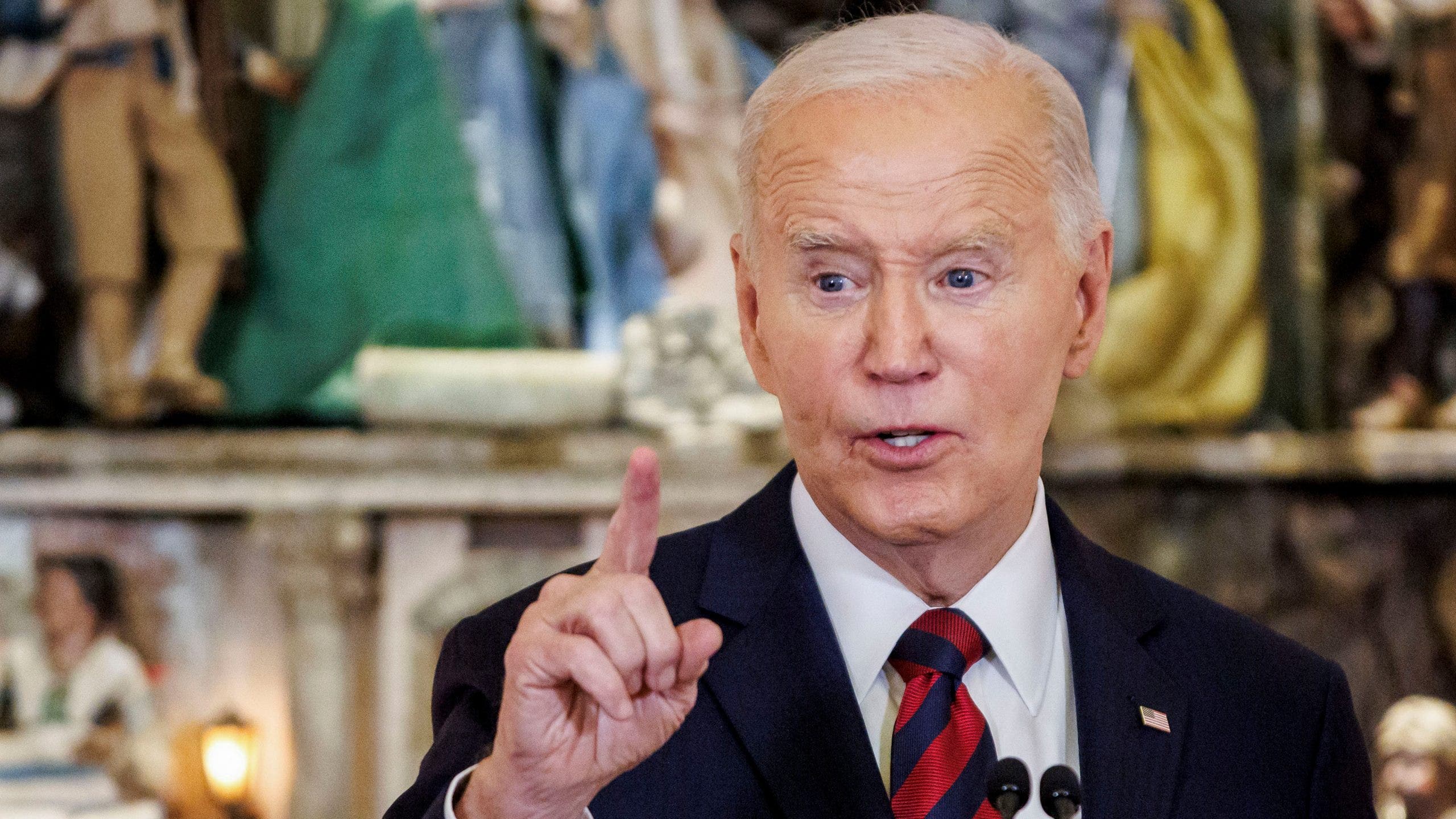Six household appliances that have taken heat from Biden’s crackdown on regulations

The Biden administration has made tightening efficiency standards for household appliances a key priority as part of its climate agenda over the past four years. Secretary of Energy Jennifer Granholm has emphasized that making common household appliances more efficient is one of the most effective ways to reduce energy costs and harmful carbon emissions.
However, there has been pushback from energy experts and manufacturers who have raised concerns that the administration’s regulations could lead to more expensive household appliances that are less effective than current models. Ben Lieberman, a senior fellow at the Competitive Enterprise Institute, argues that the mandated efficiency standards may compromise product quality and raise costs for consumers.
1. Washing Machines
The Department of Energy (DOE) recently introduced stricter energy standards for residential clothes washers, including washing machines and dryers. The regulations aim to eliminate certain less-efficient models from the market, with the goal of saving American households $2.2 billion annually on utility bills and reducing carbon dioxide emissions by nearly 71 million metric tons over the next three decades. However, the Association of Home Appliance Manufacturers has expressed concerns that these regulations could disproportionately impact low-income households by eliminating more affordable appliance options.
2. Refrigerators/Air Conditioners
In 2023, the Environmental Protection Agency (EPA) finalized a rule to accelerate the transition to refrigeration and cooling technologies that do not use hydrofluorocarbons (HFCs). The goal is to phase out HFCs and achieve an 85% reduction by 2036. Manufacturers have predicted that this regulation could lead to price increases of up to 20%.
3. Gas Stoves
The DOE proposed regulations targeting gas-powered stovetops, which would have affected 50% of current gas stove models. After facing pushback, the final regulations will now impact only 3% of gas stove models. Restaurant owners have raised concerns about the potential impact on their operations, as gas stoves are commonly used in high-volume kitchens.
4. Light Bulbs
The Biden administration has doubled efficiency standards for light bulbs, requiring manufacturers to increase the efficiency levels for common light bulbs. Only LED bulbs will be able to comply with the new standards, leading to an estimated increase in average prices. The regulations aim to reduce greenhouse gas emissions by cutting carbon dioxide by 70 million metric tons over the next three decades.
5. Furnaces
Efficiency regulations implemented by the DOE will prohibit new non-condensing gas furnaces by 2028, requiring that non-weatherized gas furnaces achieve an annual fuel utilization efficiency of 95%. However, industry associations and manufacturers have raised concerns about potential cost increases for households and small businesses.
6. Ceiling Fans
The Biden administration has also implemented stricter energy standards for ceiling fans, with the goal of saving households money over the lifespan of energy-efficient fans. However, the regulations have faced criticism from the House Small Business Committee, which warns that they could put a significant number of small business ceiling fan manufacturers out of business.
As President-elect Donald Trump prepares to assume the presidency in 2025, it is expected that many of the current administration’s climate regulations, including those related to household appliances, could be overturned. The ongoing debate between energy efficiency and cost-effectiveness will continue to shape the future of household appliances in the United States.




